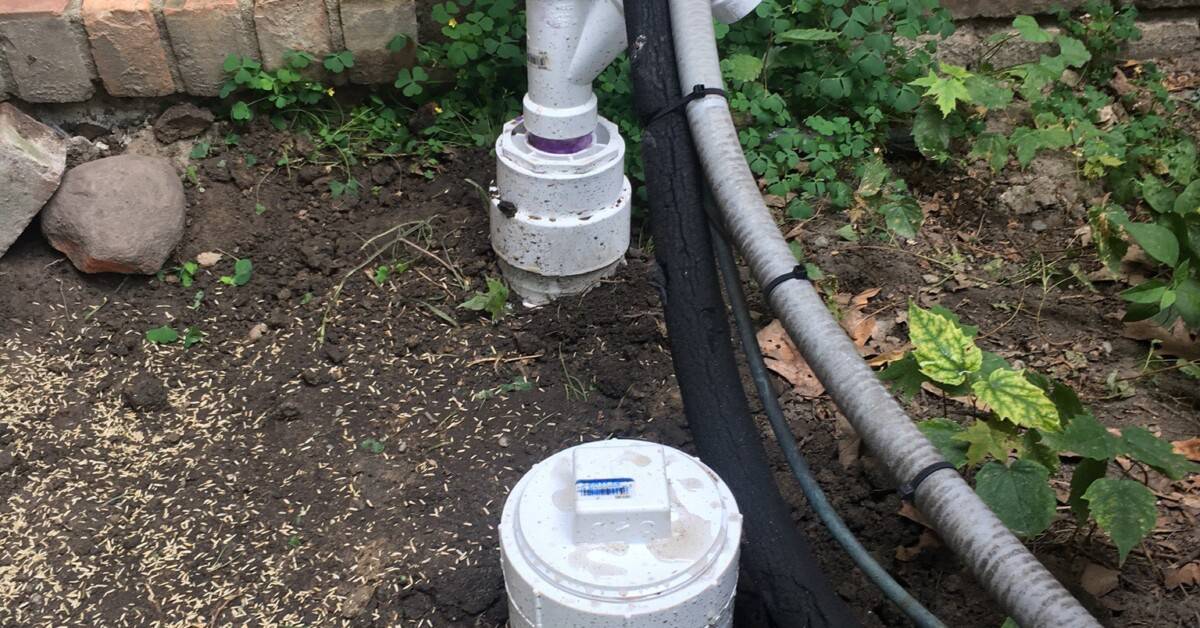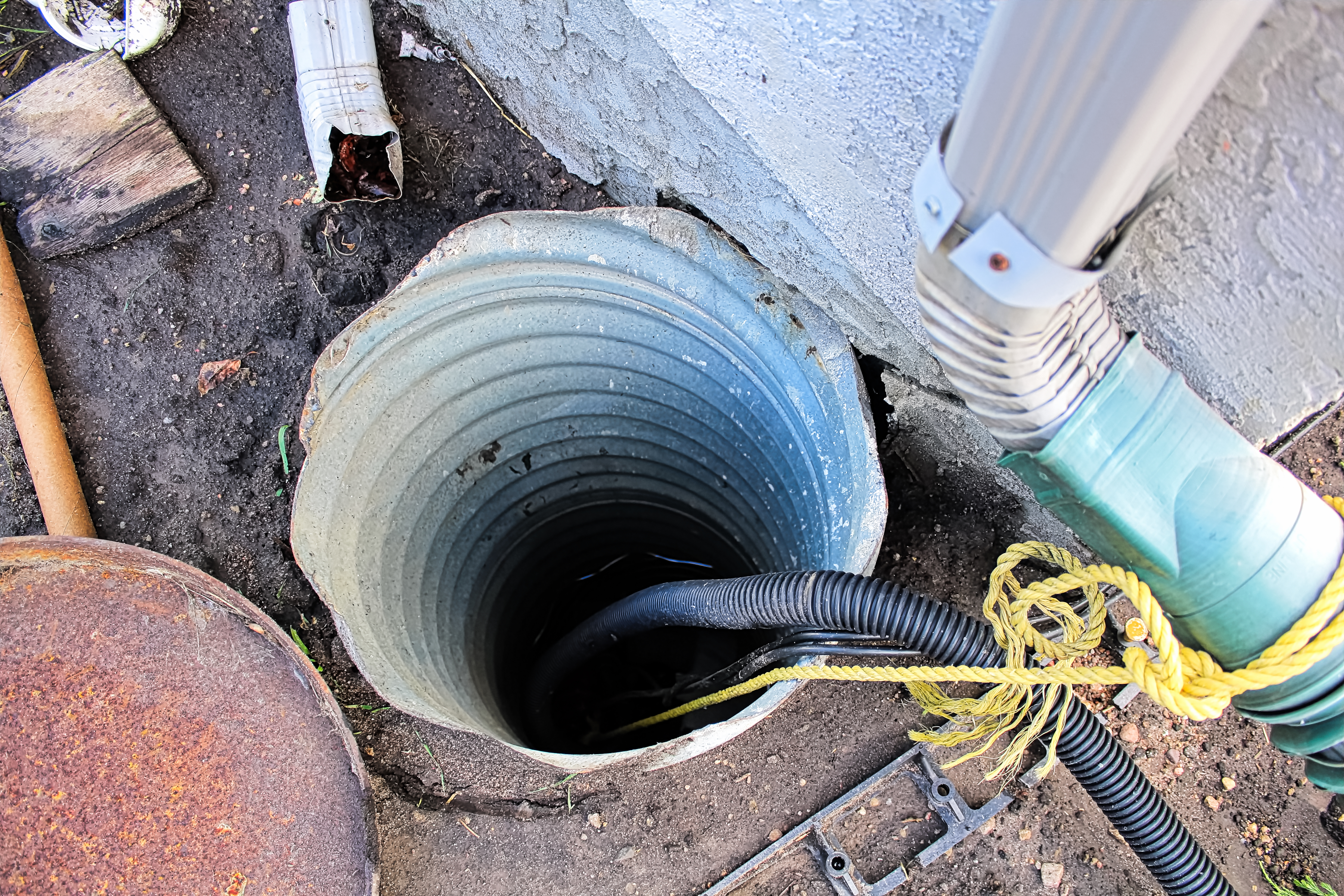Straightforward Tips for Maintaining Your Sump Pump
Straightforward Tips for Maintaining Your Sump Pump
Blog Article
Are you looking for information around Keep Your Sump Pump Clean, It'll Keep You Dry?

Sump pumps are important elements in lots of homes, particularly in locations vulnerable to flooding or excessive dampness. They help protect against water damage by successfully getting rid of excess water from basements or crawl spaces. Nevertheless, like any other appliance, sump pumps need regular maintenance to guarantee they function effectively when required the most. Cleansing your sump pump is an important part of its upkeep, and recognizing just how to do it properly can save you from pricey fixings and prospective catastrophes.
Introduction
Maintaining a tidy sump pump is important for its correct functioning and long life. Ignoring this essential task can bring about obstructions, malfunctions, and ultimately, water damages to your residential or commercial property. Therefore, finding out just how to clean a sump pump is important for property owners that count on these gadgets to keep their basements dry and safeguarded.
Recognizing the Sump Pump
Prior to diving into the cleansing procedure, it's necessary to have a standard understanding of just how a sump pump functions. Usually installed in a pit or basin listed below the basement flooring, a sump pump contains a number of crucial components, including a pump, a float switch, and a discharge pipeline. When water builds up in the pit, the float button turns on the pump, which then pumps the water out via the discharge pipe, far from the building's structure.
Indications of a Dirty Sump Pump
Knowing when your sump pump requires cleaning is critical for preventing potential malfunctions. Some usual signs that suggest an unclean sump pump consist of odd sounds during operation, reduced water circulation, and noticeable debris in the pit. If you notice any of these symptoms, it's vital to clean your sump pump promptly to avoid any additional concerns.
Getting ready for Cleansing
Prior to you start cleansing your sump pump, it's essential to take some security preventative measures. Beginning by shutting down the power to the pump to avoid any type of electrical mishaps. Additionally, use appropriate protective gear, such as handwear covers and goggles, to safeguard yourself from dust, debris, and potential microorganisms.
Detailed Overview to Cleaning Up a Sump Pump
Turning off the Power
Begin by detaching the power supply to the sump pump to prevent any accidents while cleaning.
Eliminating Particles and Dust
Utilize a container or a scoop to eliminate any type of visible particles, dust, or debris from the sump pit. Dispose of the particles properly to prevent it from clogging the pump or the discharge pipe.
Cleansing the Pump and Drift Switch Over
As soon as the pit is clear of debris, carefully eliminate the pump from the pit. Inspect the pump and the float switch for any kind of indicators of damages or wear. Use a soft brush or fabric to clean the surface areas and remove any type of built up crud.
Flushing the System
After cleaning the pump and float button, flush the sump pit with tidy water to get rid of any continuing to be dirt or sediment. This will certainly aid guarantee that the pump runs efficiently and successfully.
Checking for Appropriate Functioning
Prior to re-installing the pump, carry out a quick examination to make sure that the float button triggers the pump correctly. Pour some water right into the sump pit and observe the pump's procedure. If everything is functioning properly, you can reassemble the pump and reconnect the power supply.
Maintenance Tips to Keep Your Sump Pump Clean
In addition to routine cleansing, there are several upkeep pointers you can follow to maintain your sump pump in optimum problem:
Conclusion
Cleaning your sump pump is an essential facet of its maintenance and makes sure that it operates efficiently when you need it the most. By following the actions outlined in this overview and integrating normal upkeep into your regimen, you can extend the lifespan of your sump pump and secure your home from water damage.
6 STEPS ON HOW TO CLEAN A SUMP PUMP PROPERLY
UNDERSTANDING SUMP PUMPS
Your sump pump plays a crucial role in protecting your home by managing and removing excess water. It primarily functions as a “shield”, guarding your basement against the damaging effects of water accumulation. The pump is housed in a sump pit in the lowest part of your basement, and its job is to pump out any water that collects there.
During heavy rainfalls or when snow melts rapidly, water can infiltrate your basement, posing potential risks like flooding, structural damage, and harmful mold growth. Here, the sump pump springs into action, pumping out the intruding water and directing it away from your home.
SAFETY FIRST
Before cleaning, remember to prioritize safety. Disconnect the sump pump from the power source to prevent any accidental electric shocks. Also, wear sturdy gloves to protect your hands from any sharp or dirty components within the pump.
REMOVE THE SUMP PUMP
After ensuring your safety, the next step is to remove the sump pump from its pit. Doing this might require careful maneuvering as you don’t want to damage any pump components. Once removed, clean the sump pit to remove any accumulated debris or sludge.
INSPECT THE PUMP
Inspect the pump for any visible signs of wear or damage. Check the power cord, float switch, and impeller housing. If any components look worn out or damaged, consider replacing them to ensure optimal performance.
CLEAN THE PUMP
Thoroughly clean the pump with warm, soapy water. Make sure to rid it of any dirt, gravel, or other debris that might impede its performance. You can use a toothbrush to clean the small, hard-to-reach parts of the pump.
REINSTALL THE SUMP PUMP
Reinstall the pump into the sump pit Make sure it’s positioned correctly to remove the water effectively Once it’s back in place, reconnect it to the power source TEST THE PUMP
Finally, pour some water into the pit to ensure the pump works correctly. It should start automatically and begin pumping out the water; if it doesn’t, check the power source and the positioning of the pump.
Remember, while cleaning your sump pump is an essential part of home maintenance, hiring a professional plumber for a thorough inspection and cleaning at least once a year is also important. This will ensure that your pump is in optimal condition, ready to protect your home from potential water damage.
BEST PRACTICES FOR CLEANING SUMP PUMP DISCHARGE PIPES
Regular Inspection: Regularly inspect your discharge pipes, especially during heavy rainfall or snowmelt periods. Look for any signs of blockage or damage. Early detection of problems can prevent serious issues down the line. Periodic Cleaning: Over time, sediment and debris can accumulate in the discharge pipes, impeding the flow of water. Regular cleaning helps keep the pipes clear and functioning efficiently. You can use a high-pressure water jet to effectively clean the pipes. Insulation During Winter: In colder climates, discharge pipes can freeze, blocking the outflow of water. Protect your discharge pipes from freezing temperatures by insulating them with foam pipe insulation. This will ensure the sump pump can continue to discharge water even in freezing conditions. Proper Positioning: The discharge pipe should be positioned to direct water away from your home’s foundation. Improper positioning can lead to water seeping back into the basement. Ensure the pipe is long enough and angled correctly. Installation of a Check Valve: A check valve prevents water from flowing back into your sump pit after the pump has pushed it out. Installing a check valve helps maintain the efficiency of your sump pump and reduces the risk of flooding. Minimize Pipe Turns: Every curve or turn in the discharge pipe can decrease the efficiency of water flow. By minimizing turns and bends in your discharge pipe, you can increase the efficiency of your sump pump. https://www.fullspeedplumbing.com/how-to-clean-a-sump-pump-properly9999/

I'm certainly very excited about Steps to Cleaning Your Sump Pump Properly and I am praying you liked the new page. Are you aware of anybody else who is truly interested in the subject? Take a moment to promote it. Thank-you for taking the time to read it.
Browse Our Site Report this page